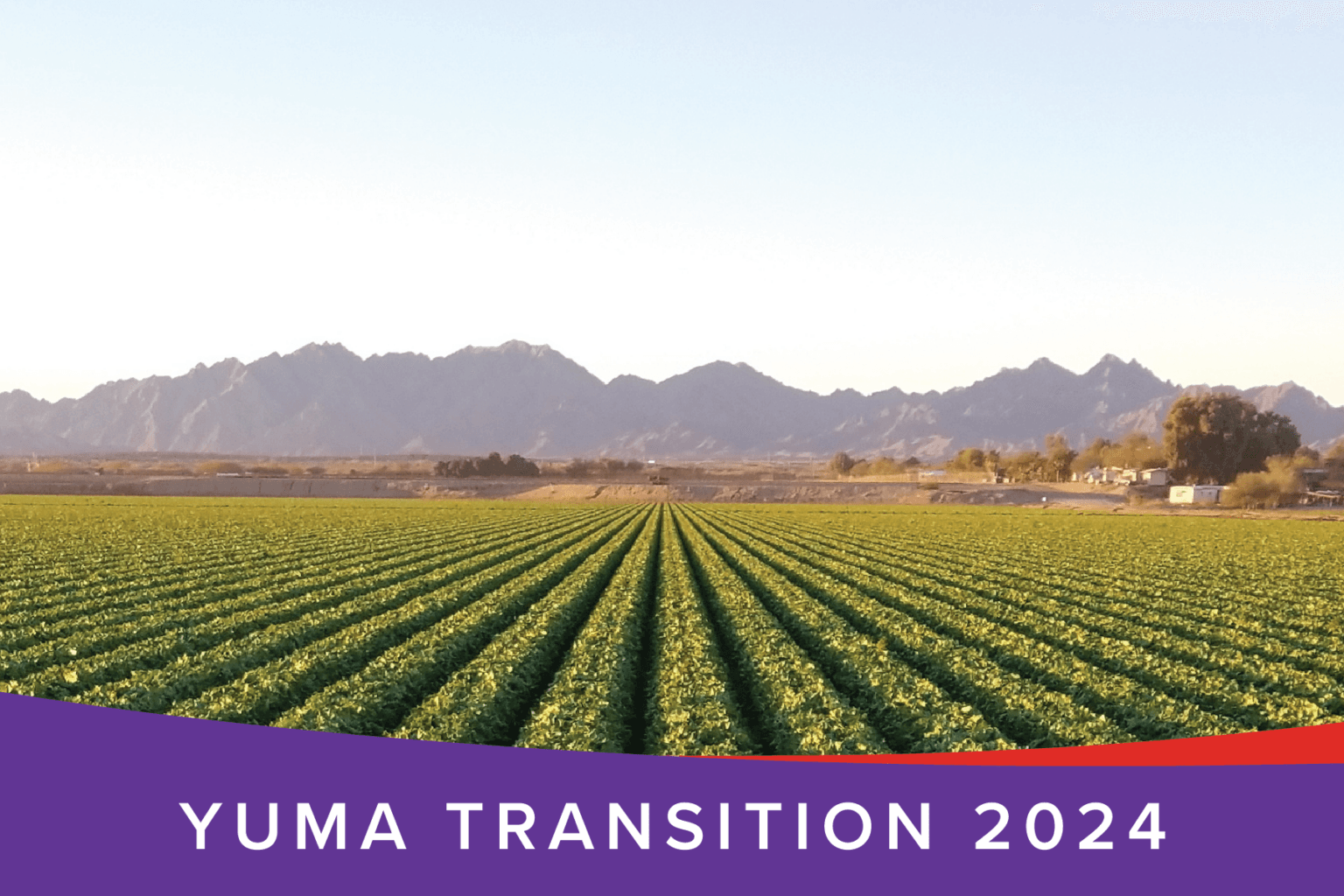Federal Labor Portal Restored, Yuma Growers Face Processing Backlogs
The U.S. Department of Labor restored access to the Foreign Labor Application Gateway and the SeasonalJobs.dol.gov registry on Nov. 5, 2025 after systems were offline during a federal funding lapse. Local growers who rely on H2A and related visa programs may see slower processing of wage determinations and certifications, which could affect the county winter produce season.

Federal labor systems that handle foreign seasonal worker applications were brought back online on Nov. 5, 2025, following an outage tied to a lapse in federal funding. National reporting from Nov. 5 to Nov. 8 explained that the Office of Foreign Labor Certification temporarily implemented manual procedures to process filings and correspondence that accumulated while the portal was inaccessible. Agencies warned employers that backlogs and longer than normal processing times were likely as staff worked through the accumulated queue.
The restoration affects Yuma County directly because many regional growers depend on H2A and related visa programs for timely seasonal labor during the winter produce season. Reports note that prevailing wage determinations, temporary labor certifications and other documentation were delayed during the outage, and that OFLC issued guidance for manually entering applications that were postmarked during the downtime. Employers were advised to expect processing slowdowns while federal offices clear the backlog.
For growers, the timing matters. Yuma County fields move into peak winter planting and harvest in the months that follow, and labor arrival schedules are coordinated around certification dates and visa processing. Even a small delay in certifications can cascade into scheduling changes for crews, increased reliance on local labor markets and potential shifts in harvesting windows. Those shifts can raise costs for employers and add uncertainty for workers who plan travel and housing around contract dates.
Market implications extend beyond the fields. If certification delays reduce available labor or compress harvest timelines, growers may face increased labor costs and potential losses from missed harvest windows. Those pressures can translate into tighter supply in local and regional markets and upward pressure on retail prices for some winter produce. While the reports do not provide specific estimates of lost output or cost increases, the guidance that processing will be slower than normal signals an elevated risk for the season ahead.
Policy analysis points to a structural vulnerability in how seasonal agricultural labor is tied to federal funding cycles and centralized processing. Interruptions to the Foreign Labor Application Gateway and to the SeasonalJobs.dol.gov registry illustrate how funding uncertainties can ripple quickly into local economies that rely on timely federal certifications. Long term, growers and policymakers may face renewed conversations about contingency planning, regional labor pools and investments in processing resilience.
For now, local employers should review OFLC guidance on manual filings for applications postmarked during the outage, plan for delayed certifications, and communicate timing uncertainties to crew members and buyers. County agricultural stakeholders will be watching how quickly federal offices reduce the backlog and whether additional guidance emerges from the Department of Labor in the coming weeks.


